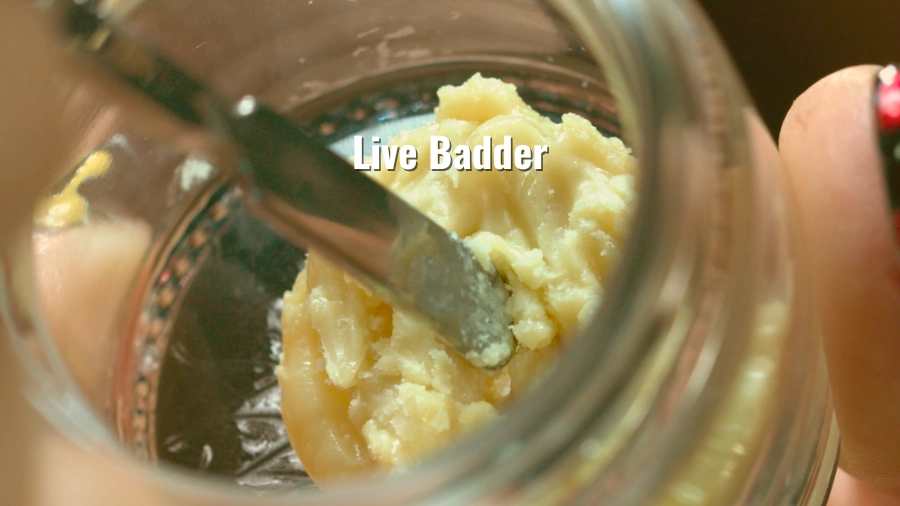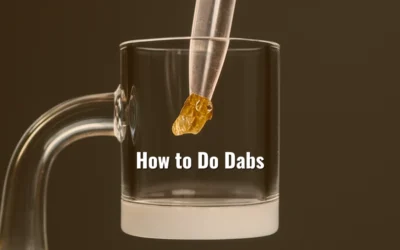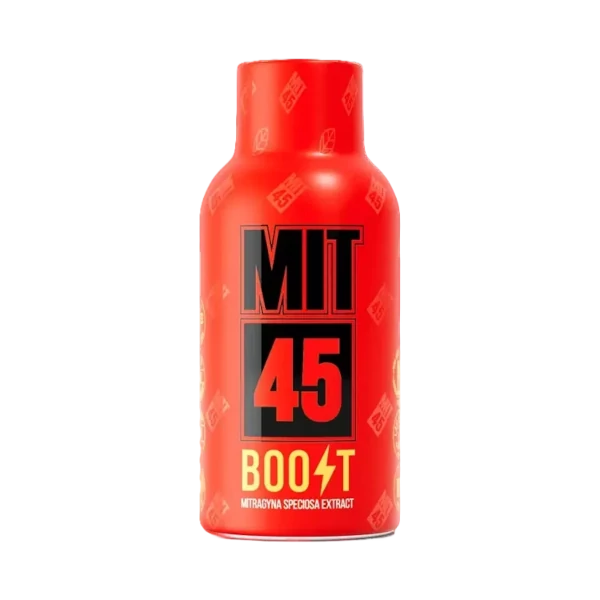In our industry, there’s “live” and then there’s LIVE. Most people believe live badder is the same as “fresh.” Flash-frozen flower, bright color, big terp hit. A snapshot of the plant at its peak. And yeah, that’s part of it. But the thing is, that freshness doesn’t lock it in place. It just gives it room to keep changing.
Open a jar the week you buy it, and you’ll see one version: glossy, golden, loud with terpenes. Come back a few weeks later, and it’s different. Softer. Creamier. Maybe darker. DON’T think it has gone bad! That’s your badder being alive.
Live badder is one of the few cannabis products that keeps evolving after it leaves the lab. The way it looks, feels, and even smells shifts as the compounds inside settle into balance. Texture, color, aroma, all of it tells you something about how it’s maturing.
Most people stop paying attention after the first impression. But anyone who’s spent time with concentrates knows they have stages.
Blog Summary:
This post isn’t about making you obsess over how your badder ages. It’s about understanding what those small changes mean. Here we’ll cover:
- The chemistry that keeps live badder active long after extraction
- How shifts in texture, color, and scent tell you what’s happening inside
- What separates natural change from actual degradation
- The different ways resin, rosin, and THCA badders evolve over time
- Why those differences matter for taste, feel, and overall experience
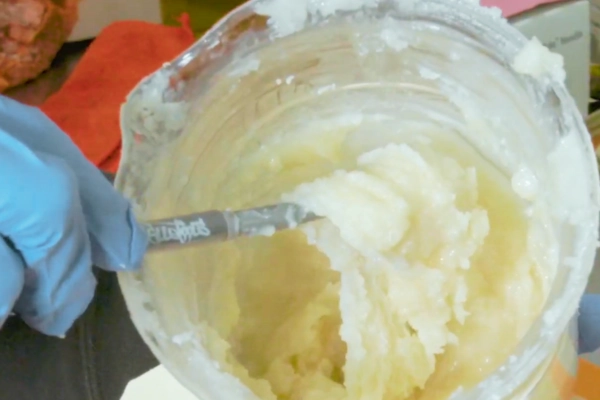
Table of Contents:
- Fresh Doesn’t Necessarily Mean Best
- What is Live Badder?
- Texture Difference
- Color Change
- Aroma Shift
- When Change Crosses the Line
- Different Paths, Same Evolution
Fresh Doesn’t Necessarily Mean Best
Cannabis has trained people to chase freshness. With THCA flower, it makes sense. Older bud dries out, terpenes fade, and potency slips. So when concentrates came along, everyone carried that same rule over without questioning it.
Live badder broke that rule quietly. Once its materials are extracted, the chemistry doesn’t freeze in time. Those terpenes are still active, and so are the lipids and cannabinoids they interact with. The product is stable, not static.
What happens next isn’t necessarily spoilage. It’s redistribution. Some terpenes rise to the surface, others bind back into the matrix. Tiny shifts in pressure, temperature, or exposure start small chain reactions that reshape how the badder looks, smells, and performs.
So why do people still believe newer equals better? Part of it is marketing. “Fresh drop” sounds exciting. It sells. Part of it is habit. Consumers are used to equating shine and brightness with quality. But those early jars are like a record that hasn’t been mastered yet.
Once you understand that, “fresh” stops being the finish line and starts being context. It tells you where the live badder is in its timeline, not how good it is. The better question isn’t how new is it? It’s how ready is it?
What is Live Badder?
To understand why live badder keeps changing, it helps to know what it actually is. Live badder starts with fresh-frozen flower that’s extracted at low temperature to keep as much of the plant’s original profile as possible. That extraction pulls a mix of cannabinoids, terpenes, lipids, and waxes into a soft, viscous concentrate. When that mix is whipped, it aerates. And that’s where the “badder” texture comes from: part oil, part wax, suspended together.
It’s that blend that makes it so reactive. Each compound inside has a different volatility point. Terpenes want to move. Cannabinoids want to bind. The lipids and waxes act like a slow-motion sponge, absorbing and releasing depending on temperature and pressure. Even sealed, the product keeps adjusting internally.
That’s what separates live badder from other concentrates. Shatter and distillate are refined until they’re chemically locked. Live badder is intentionally left complex. It’s a concentrate built to carry more of the plant’s original variability, which means it also carries its shifts.
Once you see it that way, the small changes start to make sense. You’re not watching something decay; you’re watching a dense, living mixture find its balance.
Texture Difference
Texture is usually the first thing people see change. What starts as glossy and uniform can turn dense, creamy, or even grainy over time. None of that means something went wrong.
When live badder is freshly whipped, the matrix is loose. Air pockets and surface oils create that wet, almost shimmering look. As those pockets collapse and the heavier molecules settle, the texture thickens. Sometimes it turns into a custard-like consistency. Sometimes it “sugars,” breaking into small crystalline grains. Both outcomes are normal; they just reflect how the cannabinoids and terpenes are reorganizing.
A sugar texture usually means THC and THCA molecules have started to form micro-crystals. A creamy texture means the oil and waxes have blended into a more stable emulsion. The difference is in structure. Each stage changes how heat passes through the product and how quickly those compounds vaporize when dabbed. That’s why some users swear an older jar hits smoother.
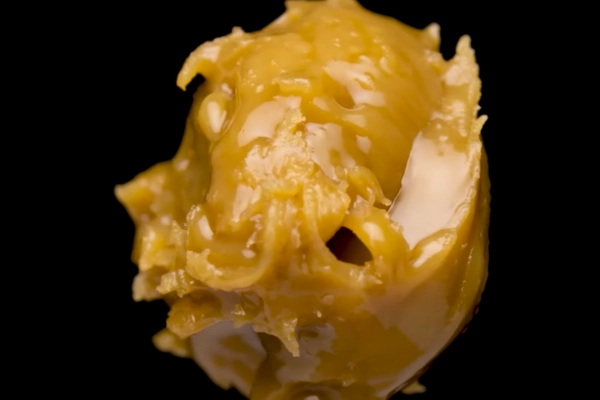
Color Change
Color is the shift that worries people most. A bright gold concentrate turning darker can look like it’s losing quality, but most of the time, it isn’t.
Live badder darkens because its compounds keep reacting. Exposure to oxygen and light slowly oxidizes some of the cannabinoids and terpenes. That oxidation deepens the hue from pale yellow to amber or honey-brown. The process is gradual and expected.
The tone also depends on the original material. Strains high in certain terpenes or carotenoids start warmer and continue that way. Others that were light at first may darken faster. Storage plays a role, too. Cooler, shaded jars hold their color longer. Warmer or more exposed jars evolve quicker.
Aroma Shift
Aroma tells you more about live badder’s evolution than almost anything else. It’s also the most volatile sign of what’s happening inside the jar.
Right after extraction, the lighter terpenes are on top. Those are the ones that evaporate fast. They hit first: citrus, pine, or gas. Over time, those sharper compounds dissipate or blend back into heavier molecules like myrcene or caryophyllene. The result is a rounder scent that leans earthy or sweet instead of bright.
Every strain shifts differently. A tropical profile might lose some fruit and pick up warmth, almost like caramelizing sugar. A gassy strain might quiet down and reveal spice underneath. Just be sure that what you’re smelling is redistribution, not loss.
Like with THCA flower, storage and handling matter here, too. A jar often opened will air out faster. A sealed one keeps its deeper notes intact. If you track both, you start to learn how each terpene behaves with time and what kind of aroma balance you personally prefer.
When Change Crosses the Line
Most shifts in live badder are harmless. But there’s a difference between a product maturing and one that’s breaking down. The signs are small, but clear once you know what to look for.
Start with the smell. A healthy jar still smells like cannabis, even if the notes have deepened. If it ever turns sour, chemical, or flat (like plastic or old oil), that’s oxidation past its limit. The terpenes have broken down instead of blended.
Texture can tell you the same story. A sugar or cream consistency is fine; separation isn’t. If you see a thin liquid layer pooling on top or the material pulling away from the glass, that’s instability. It means the emulsion has split, and the product won’t vaporize evenly anymore.
Color change by itself isn’t a warning. But paired with an off smell or separation, it usually means oxygen or heat got in for too long. None of this requires panic. It’s just a reminder that live badder, for all its complexity, still needs a little respect. When it shifts, pay attention. When it turns, you’ll know.
Different Paths, Same Evolution
The word “live” gets used across different extraction methods, but the details matter. Each one sets its own rhythm for how the product will evolve once it’s on your shelf.
Live resin, like the ones from CaliGreenGold, uses solvents to extract cannabinoids and terpenes from fresh-frozen material. That approach pulls everything out quickly and preserves a lot of brightness up front. These badders usually start dense and glossy, with a slightly firmer body that loosens as the terpenes begin to separate. Their color stays lighter for longer, and the scent keeps its high notes well into the jar’s life.
Live rosin, like Jelly’s Gorilla Glue 44 Badder, takes a solventless route. Instead of chemical extraction, the cannabinoids and terpenes are pressed out under heat and pressure. The result is softer from day one. Almost whipped, sometimes more buttery than glossy. Because rosin carries more natural lipids and moisture, it tends to darken faster and develop depth earlier. It’s less stable by design, but that’s part of its appeal. You can taste the transition as it happens.
Then there’s THCA-dominant badder, like Binoid’s Premium THCA Badder. These products are built heavier. The ratio of THCA to terpenes changes how they age (slower, steadier, with texture holding longer before shifting). They often stay creamy even after repeated openings, trading fast aroma evolution for consistent density and punch.
All three start from the same principle, which is to preserve the living profile of the plant, but each one expresses that goal differently. Resin shows clarity, rosin shows character, THCA shows endurance. What they share is motion. None of them stay exactly as they were on day one, and that’s what makes them worth watching.
That’s the kind of variety we try to keep on our shelves. Products that show how alive cannabis can be, even in concentrate form. Each jar tells a different version of the same story: how extraction, texture, and time shape the experience. Our goal is to offer concentrates and products that evolve, just like the people who use them.
